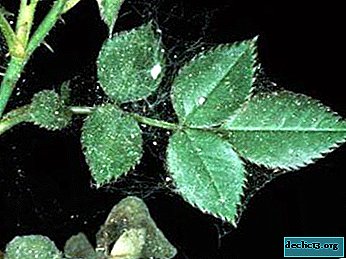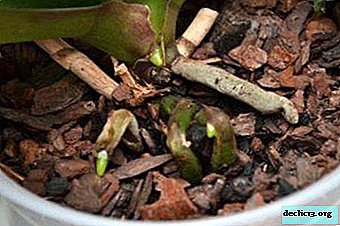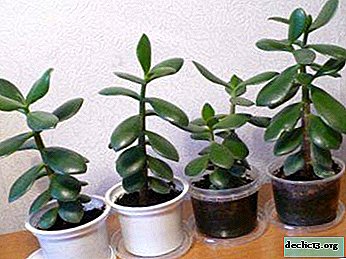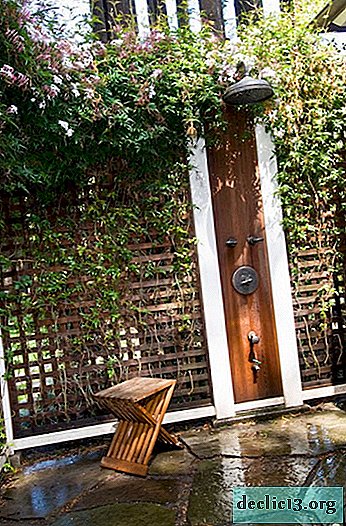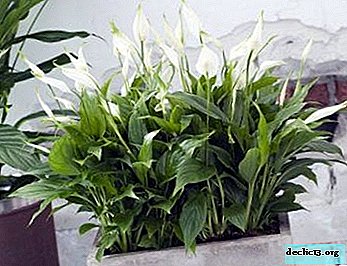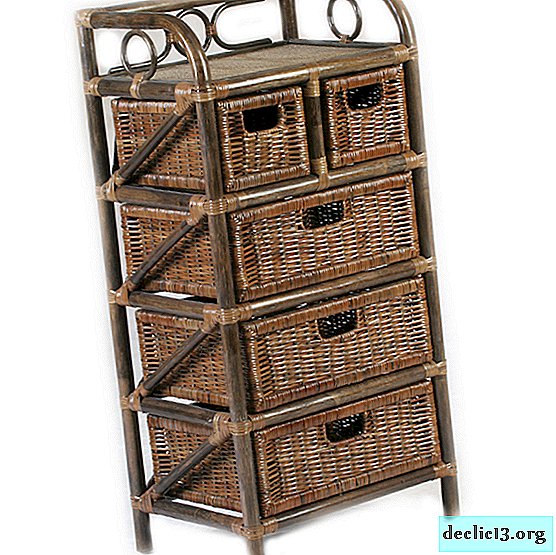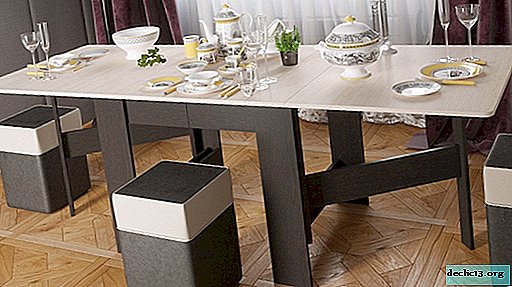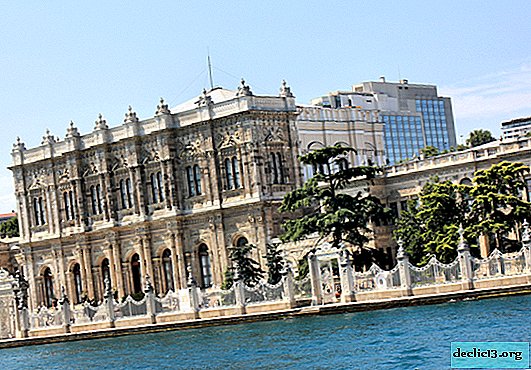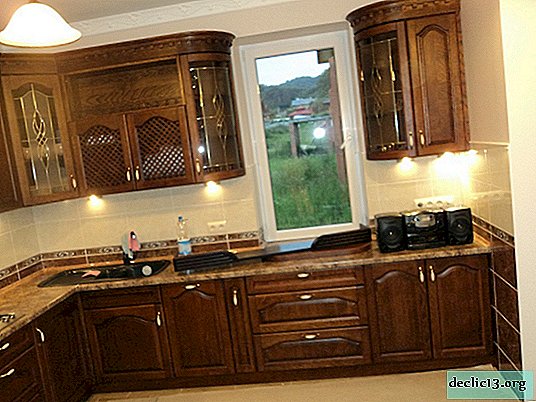Cork floors: interior and design
An important component of any repair is the choice of finishing materials. When planning repairs in a house with a new warm, environmentally friendly and beautiful floor, pay attention to the cork oak bark. Today, this coating is the most fashionable. The bark removed from cork oak is processed and then cut into bars. From the crushed waste, according to the technology of agglomeration, the source material for finishing floors, ceilings, walls is obtained.
Advantages of cork:
The cork perfectly dampens vibration and has a consistently high sound and heat insulation;
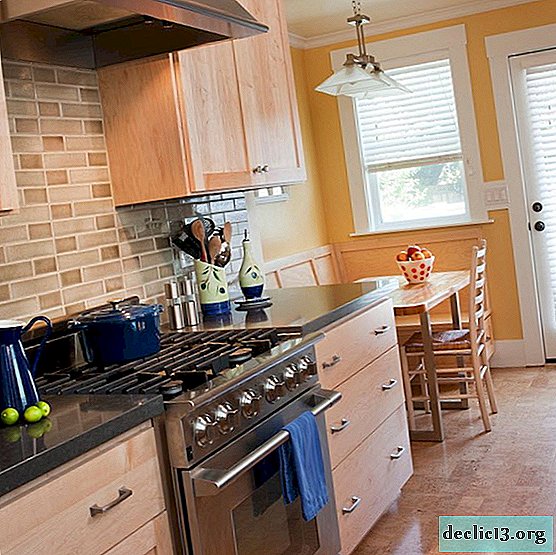
Do not initiate allergies, and have properties that beneficially affect a person;

Elastic cork structure makes movement when walking easier, which reduces the load on the spine;

Environmentally friendly;

High strength and durability.

Cork floors are distinguished into glued (adhesive) and "floating"
1. Adhesive cork floors

In adhesive floors, the coating material is made in the form of square plates 300x300 mm, thickness 3 - 6 mm. Cork plates adhere securely to the prepared surface or to plywood. Then the tiles are covered with medical vinyl or several layers of acrylic varnish. The vinyl-coated floor successfully resists abrasion, and the special elasticity of the cork makes any movement on it silent. This floor is rational to use in offices and shops, libraries and airports. In a children's room, bedroom or living room, it is better to make cork, exposed with acrylic varnish. There is another format of adhesive flooring - cork flooring with natural wood veneer. Veneer gives the interior a special zest, comfort and elegance. The thin-coated floor has increased resistance to stress, and is suitable for crowded rooms. For living rooms, the optimum thickness of the cork coating is 6 mm.
2. Floating cork floors

In this material, cork is combined with a thin layer of wood, usually exotic species (African walnut, cherry, etc.). The exclusivity of this cork coating lies in its texture - the pattern on the cut of wooden plates practically does not repeat. This, of course, is reflected in its cost, it is quite high. Floating floors go on sale in the form of neat plates 900 mm long, 185 mm wide and 9 and 11 mm thick. Floating floor plates are joined together according to the tenon-groove pattern. The base for the coating does not require an absolutely perfect surface as in adhesive floors, since the plates are not nailed to the base of the floor and are not glued. A cork substrate is placed under the floating floors, which makes the floor warmer.
By purchasing cork floors, you will make a worthy choice. Indeed, in terms of a set of qualities, none of the available flooring succeeds in surpassing this material. And the aesthetics and comfort that will forever settle in the house compensate for the high cost.

